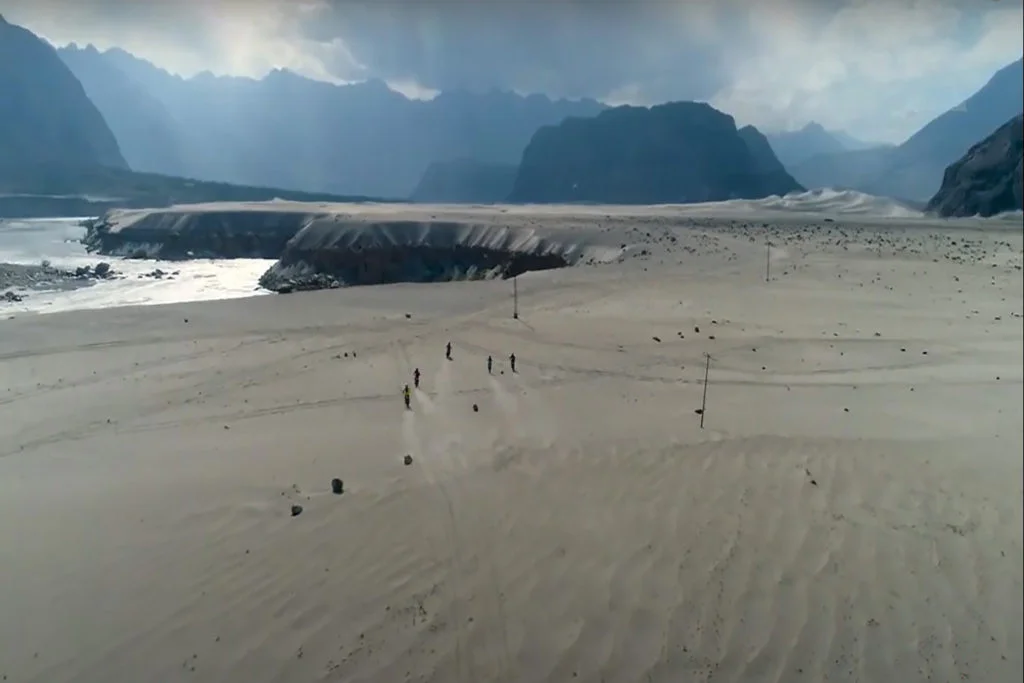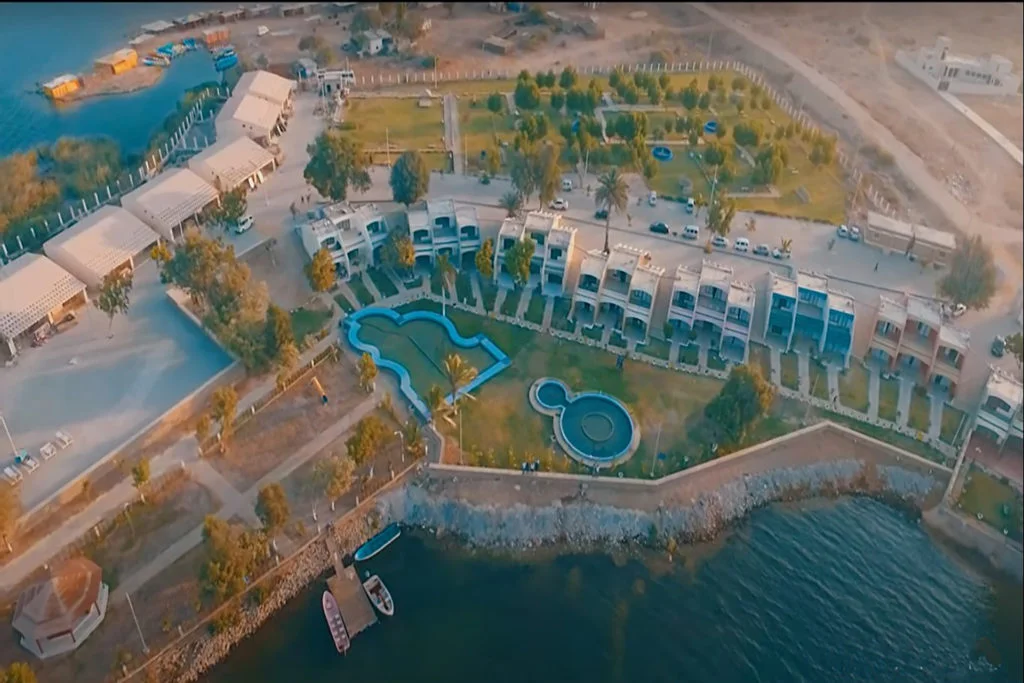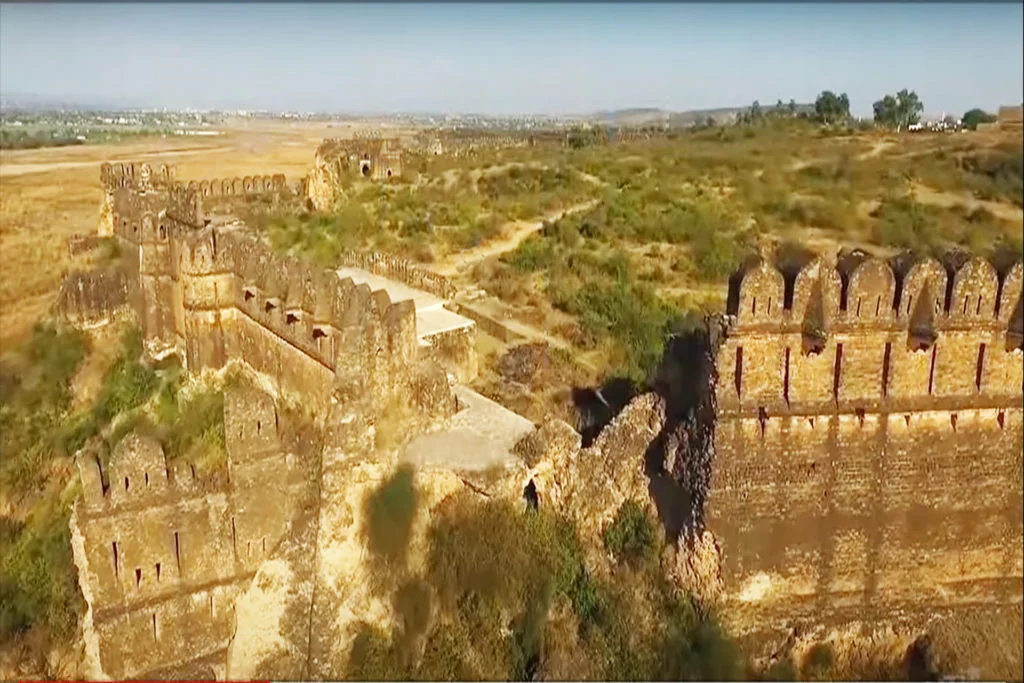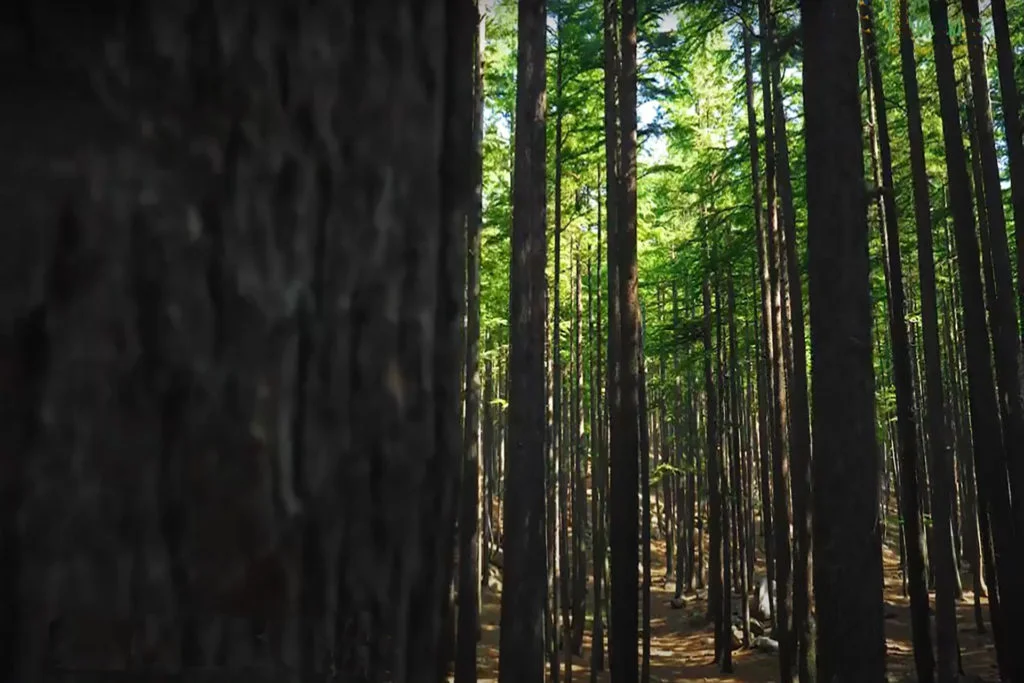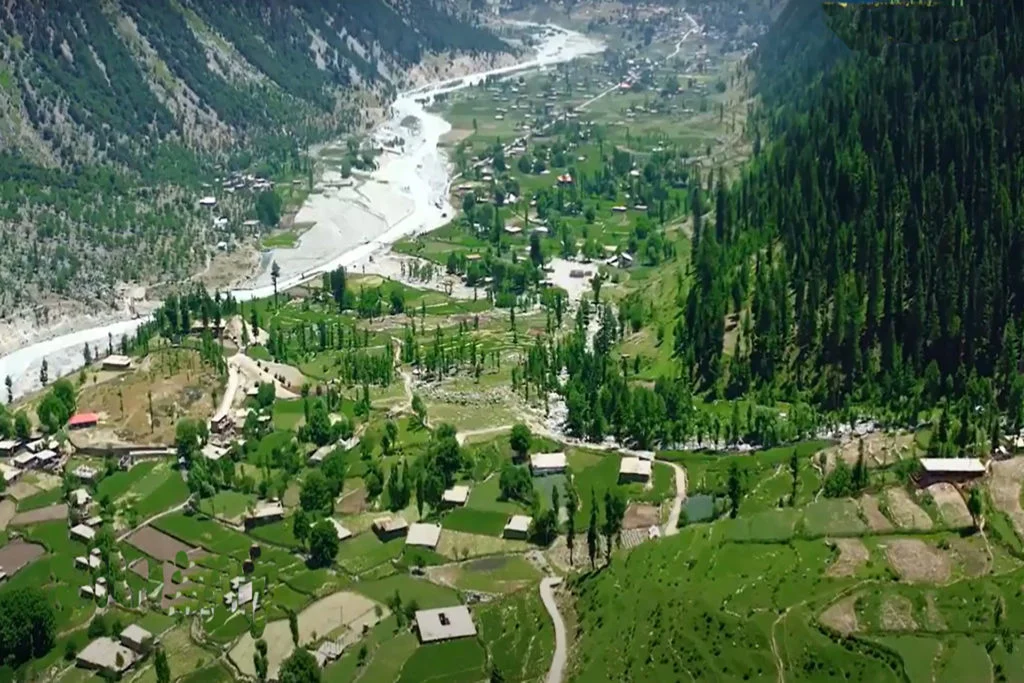Drawing a lake can be a delightful and rewarding artistic endeavor, allowing you to bring to life the tranquility and beauty of nature. Whether you are an aspiring artist or simply looking to try your hand at sketching, the process of drawing a serene lake can be both relaxing and creatively fulfilling. In this step-by-step guide, we’ll explore the techniques to create a picturesque lake scene on paper.
Materials You’ll Need:
- Drawing paper or sketchbook
- Pencils (HB or 2B for sketching, 4B or 6B for shading)
- Eraser
- Blending tool (tortillon or blending stump)
- Reference image of a lake (optional, for inspiration)
Step 1: Sketch the Basic Outline
Begin by lightly sketching the basic outline of the lake on your paper. Keep your lines loose and simple at this stage. You can use gentle curves to represent the shorelines, and a faint oval shape for the lake’s body. Don’t worry about adding too much detail at this point; the purpose is to establish the composition of your drawing.
Step 2: Define the Lake’s Edges
Now, focus on defining the edges of the lake. Use more precise lines to give shape to the shoreline and any visible rocks or structures near the water. Pay attention to the contours of the lake’s outline, as it will add depth and realism to your drawing.
Step 3: Add Details to the Surroundings
Next, add details to the surroundings of the lake. This could include trees, bushes, grassy areas, or any other elements present in your reference image or your imagination. Use varied lines to represent different textures, such as short, quick strokes for grass and longer, flowing lines for tree trunks.
Step 4: Draw the Reflection
A crucial aspect of drawing a lake is capturing the reflection of the surroundings on the water’s surface. To achieve this effect, mirror the details you added in the previous step onto the lake. The reflection should be slightly distorted, especially near the edges of the lake, to create a realistic appearance. Use horizontal lines that follow the contours of the water to depict the reflection.
Step 5: Shade and Add Depth
To bring your lake drawing to life, it’s essential to add shading to create depth and dimension. Observe the light source in your reference image (or imagine one) and shade the opposite side of the lake and its surroundings. Use darker pencil grades (4B or 6B) for this purpose. Gradually build up the shading, applying more pressure for areas that are in shadow and lighter strokes for areas with softer lighting.
Step 6: Work on the Water
The water is a central feature of your lake drawing, and its depiction requires attention to detail. To create the appearance of water, use gentle, wavy lines that follow the contours of the lake. Vary the length and direction of the lines to mimic the ripples and movement of water. Avoid overdoing it, as the goal is to suggest the water’s surface rather than render every single wave.
Step 7: Final Touches
Review your lake drawing and make any necessary adjustments. Enhance the details in the surroundings, add highlights to the water, and refine the reflections. Use an eraser to lift off some pencil marks in areas where you want to create highlights or add a sense of luminosity.
Conclusion: A Serene Escape on Paper
Drawing a serene lake is a wonderful way to connect with nature through art. The process of sketching the peaceful waters, lush surroundings, and reflections challenges your observation skills and creativity. With practice and patience, you can create a picturesque lake scene that transports viewers to a tranquil and idyllic escape on paper. So, grab your drawing materials and embark on this artistic journey to capture the beauty of a serene lake with your own hands.

